Are Halo UV Lashing Lights Safe?
UV lash lights are revolutionizing the lash industry — making curing faster, cleaner, and more consistent. But with new technology comes important questions: Are UV lash lights safe for my eyes and skin? Let’s break it down based on certified safety testing and real-world recommendations.
What the Safety Standards Say
Both the Halo Focus and the Halo OG lash lights have been independently tested under the international IEC/EN 62471 standard, which measures possible hazards from UV, blue light, and infrared exposure. The IEC 62471 test is an international safety standard that evaluates the potential photobiological hazards of lamps and lamp systems, including UV and LED devices.
Importantly, the test is performed as if someone were looking directly into the light source at a standardized distance of 20 cm, representing the highest potential risk scenario. In actual use with the Halo UV Lights, clients’ eyes remain closed and with the Halo Focus the device is operated at a greater distance of about 30–45 cm, making real-world exposure significantly lower than the strict testing conditions.
After testing, products are classified into a risk group (Exempt, Low, Moderate, or High) to verify they meet safety requirements before being used by consumers or professionals, even if the usage distance is different from the tested distance.
Halo Focus is in Risk Group 2?!
Based on the test results from IEC/EN 62471, Halo Focus is in fact in Risk Group 2 with this specific test. But that is based on the distance being 20cm at full power, which is unrealistic with how the light would be used.
Our recommendation when using full power is 30-45cm (12-16in), which is a much more comfortable distance and reduces the UV exposure to about half.... landing in the range of Risk Group 1.
Regardless of what light you are using, you always need to be mindful of the distance + power the light is from your client in order to keep your client safe.
Testing Results Deep Dive
Below we go into more details of the specific testing results.

-
Halo Focus: Classified as Risk Group 2 (RG2) when tested at the mandatory 20 cm distance at full power, because UVA exposure nearly reached the Risk Group 1 limit of 10 W/m². At a realistic 30 cm working distance at full power, exposure drops by more than half (~4.4 W/m²), putting it safely in Risk Group 1 (Low Risk).
-
Halo OG: Testing shows this model meets Risk Group 0 (Exempt) directly, even at the 20 cm test distance. Its actinic UV, UVA, blue-light, and infrared levels all measured well below the classification thresholds, meaning it is inherently a lower-risk design than the Focus model.
Halo Focus vs. Halo OG: Safety at a Glance
Protecting Your Eyes
Regardless of which light you use, you need to be mindful of protecting yourself and your clients:
-
Wearing UV-blocking safety glasses or goggles with confirmed UVA protection (UV400 or equivalent). This is not required, but highly recommended for lash artists.
-
Never look directly at the light source. Even UVA, over time, can damage the retina. Always talk to your clients about keep their eyes closed during the service so they never look at the light directly.
-
Limit exposure time to only what’s needed.
Protecting Your Skin
-
Keep the device focused on the lashes/adhesive only. You want the light close enough to be able to cure the UV Adhesive but not compromise the safety. So if you are using Halo Focus at full power, you want it to be at least 30cm (12inc) away from your client.
-
Use physical barriers (eye pads, shields, towels).
-
Follow manufacturer exposure guidance (distance, duration, duty cycle).
The Bottom Line
We would never sell a product that is not safe to use, and both of our lights are safe when used at the recommended distances.
The main points to keep you and your clients safe: keep the power + distance of your light in mind based on the manufacturers instructions, wear eye protection and use pads / tapes to protect your client.
If you have any questions, or if you want to see our test results, please send an email to: info@evlolash.com .
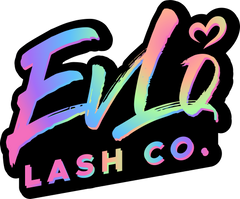

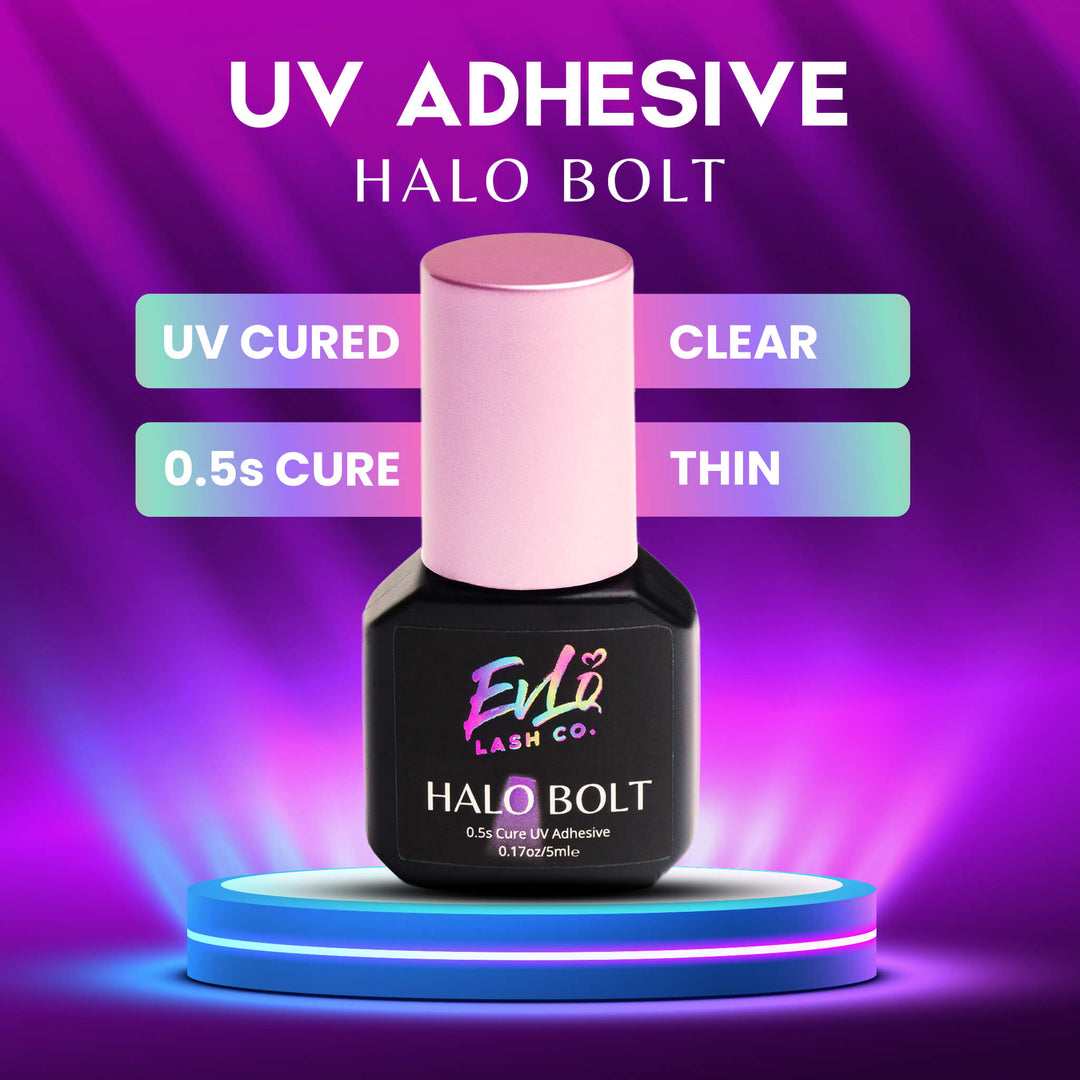
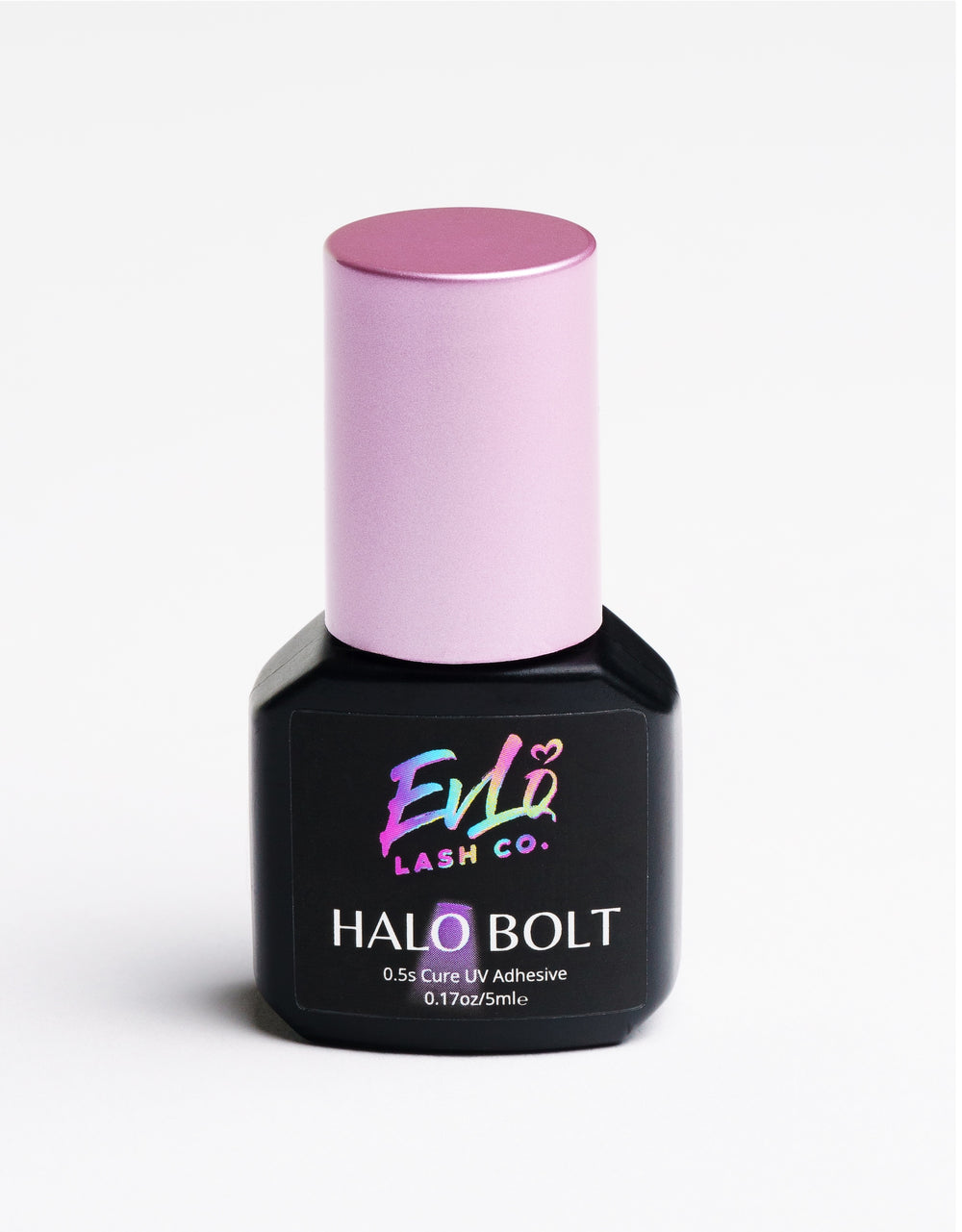
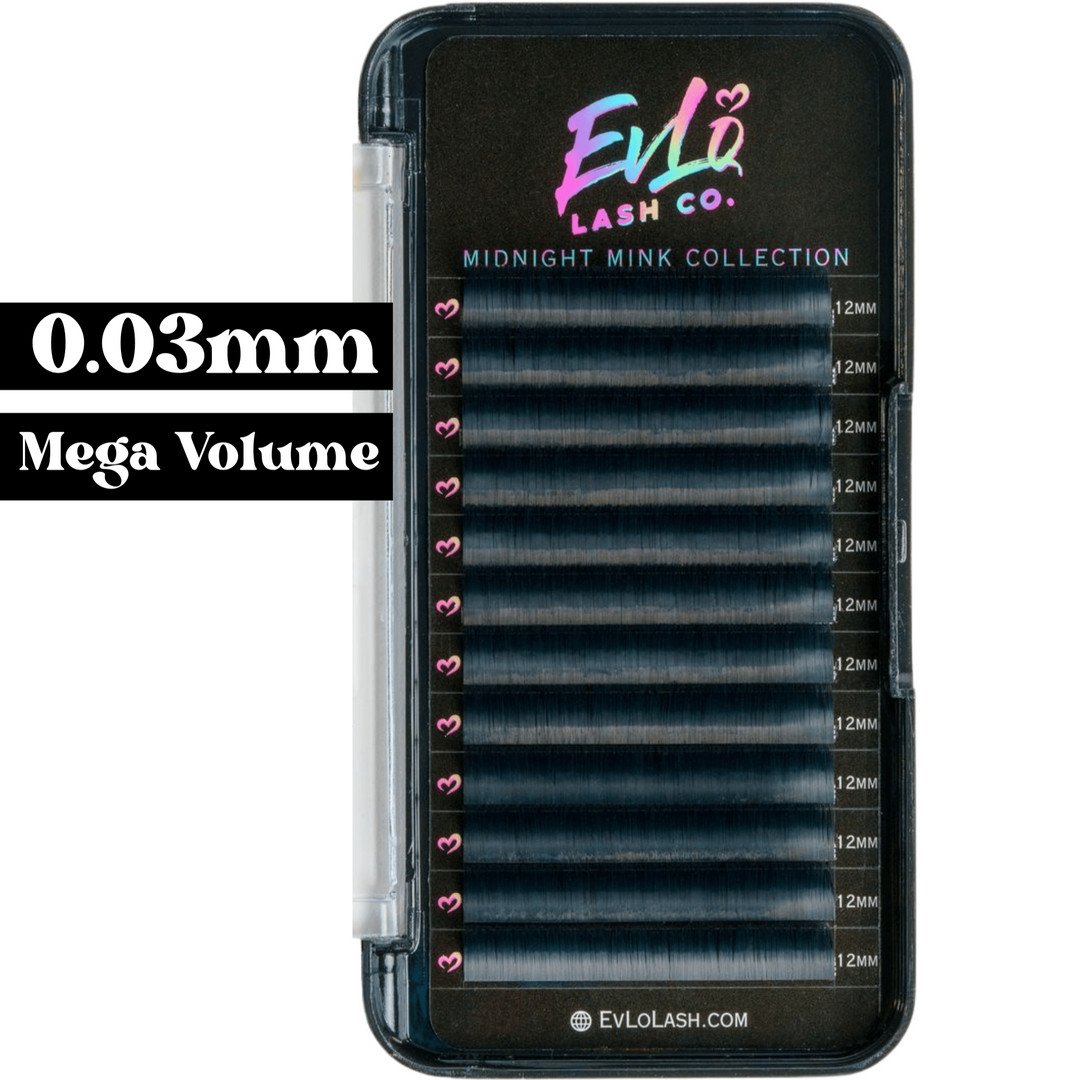
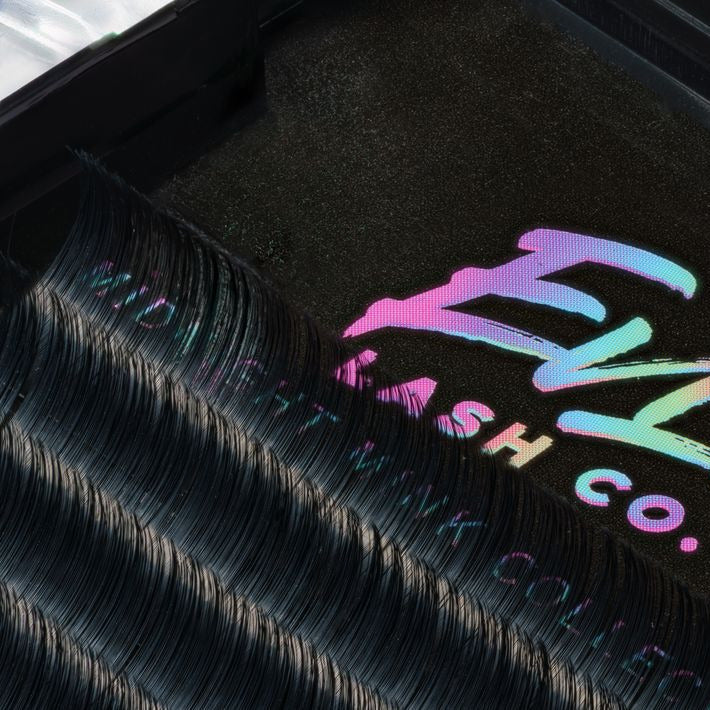
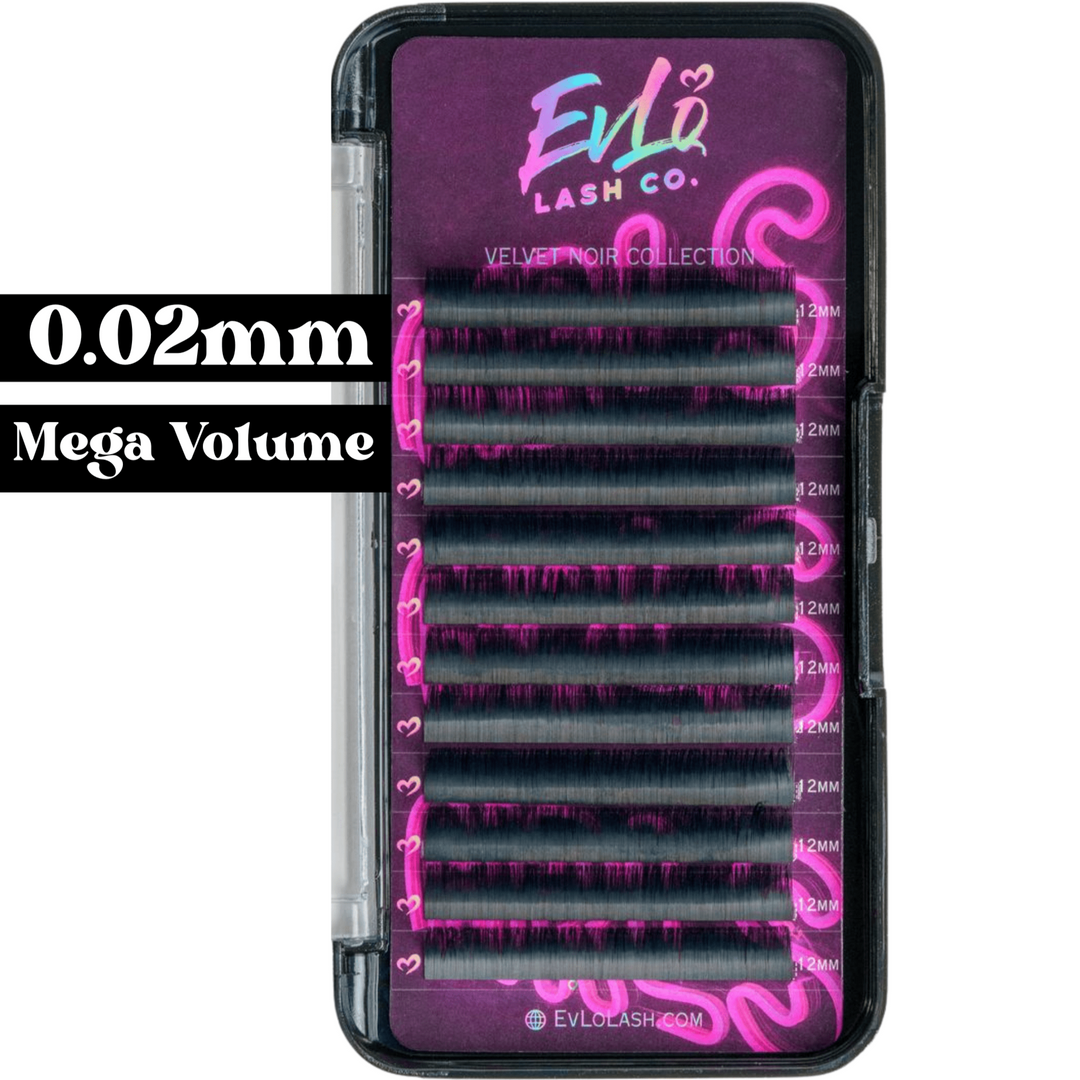

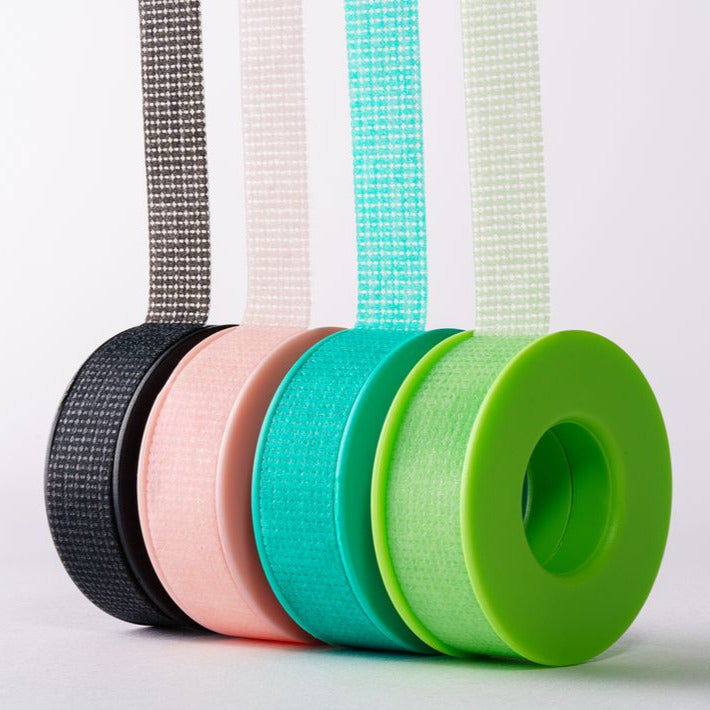
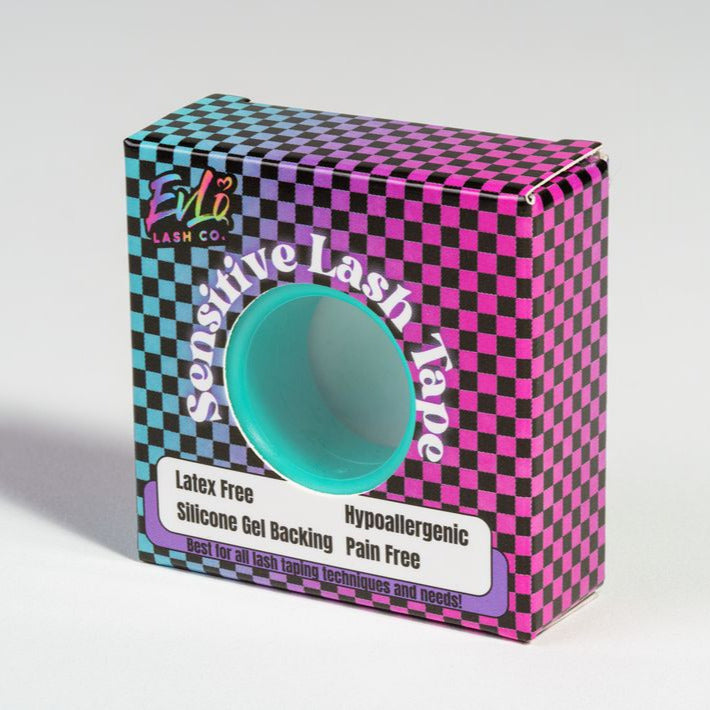



Deixe um comentário